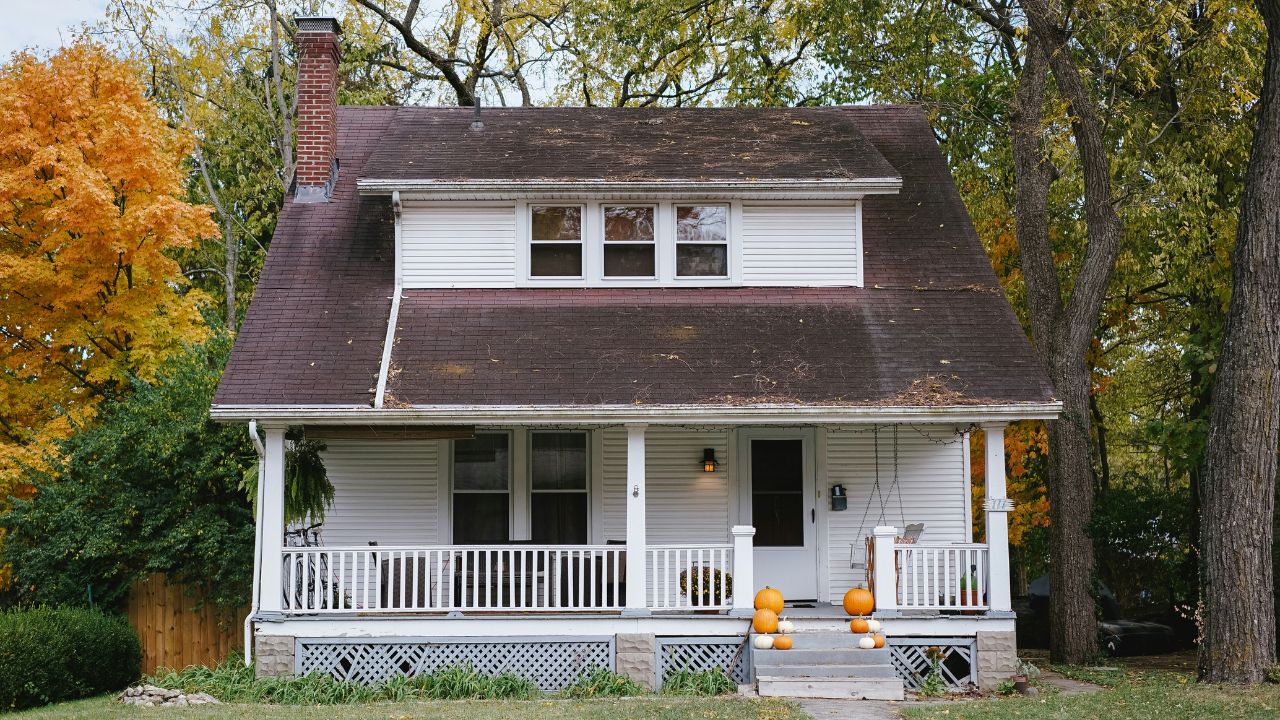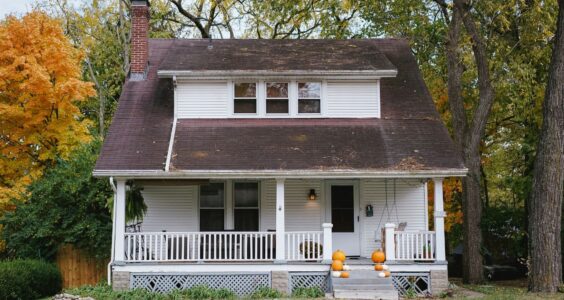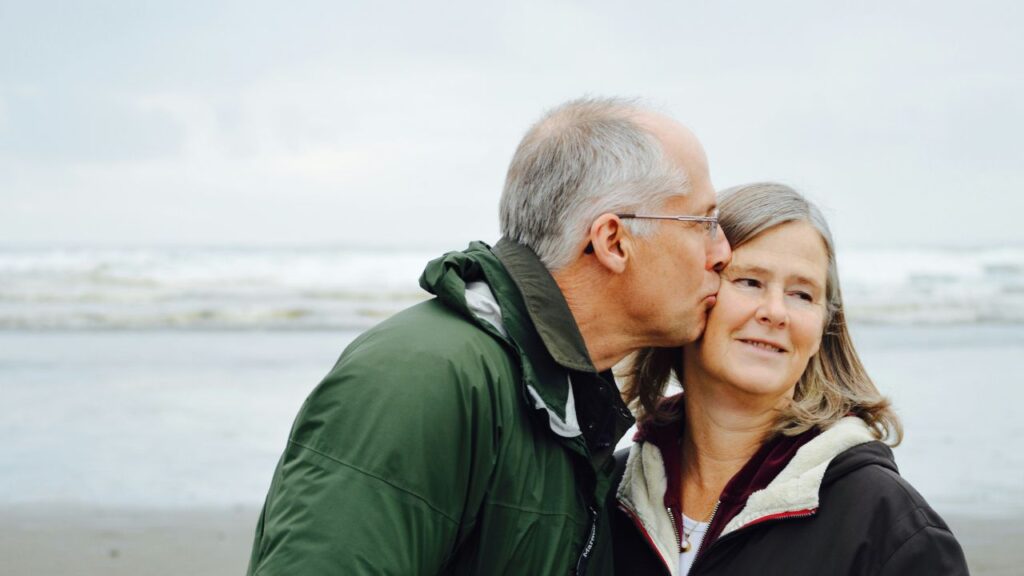Under the federal government’s Home Buyers’ Plan (HBP), a first-time homebuyer can withdraw funds from their Registered Retirement Saving Plan (RRSP) to purchase or build a qualifying home. Disabled persons and supporting persons can participate in the HBP without having to qualify as a first-time homebuyer.
What is a Qualifying Home?
A qualifying home is a housing unit that is located in Canada. Both existing and newly built homes are eligible. A qualifying home can be a detached or semi-detached house, a townhouse, a condominium, a mobile home, an apartment in an apartment building or a share in a cooperative housing corporation if you are buying an equity interest in a housing unit in Canada.
An individual is considered to purchase or build a qualifying home for the purposes of the HBP if the housing unit:
- is acquired or built before October 1 of the calendar year after the year of withdrawal
- is intended to be occupied as the participants’t principal place of residence no later than one year after it is acquired or built
Who Qualifies as a First-Time Homebuyer?
You are considered a first-time homebuyer if you are a resident of Canada and you have not occupied a home you (or your spouse or common-law partner) owned as a principal place of residence (an “owner-occupied home”) during the past four full calendar years. Specifically, the four-year period begins on January 1 of the fourth year before the year you withdraw funds from your RRSP, and ends 31 days before the date you withdraw the funds. Note that an owner-occupied home could be inside or outside Canada. Therefore, if you had an owner-occupied home in a foreign country during the aforementioned four-year period, you would not qualify as a first-time homebuyer.
In addition, Federal Budget 2019 expanded access to the HBP in situations where there has been a breakdown in a common-law partnership. Effective January 1, 2020, former spouses or common-law partners will be considered first-time homebuyers where they have been separated for at least 90 days and began living separately in the year they wish to make a HBP withdrawal (or in any of the four preceding years).
Individuals will not qualify under this expanded rule if they have begun living with a new spouse or common-law partner who owns the home they cohabit. They will also be required to sell their existing principal residence, if one is owned, no later than 2 years following the year in which the HBP withdrawal is made. However, that requirement will be waived in situations where individuals make a HBP withdrawal in order to buy out their former spouse or common-law partner’s share of a house they co-own with that former spouse.
Person with a Disability
If you are a person with a disability or are assisting a related person with a disability to buy or build a qualifying home, you are not required to be considered a first-time homebuyer. The qualifying home must be better suited to the needs of the disabled person or more accessible than their current home. In order to qualify, the person with the disability must either:
- be entitled to the disability amount (Line 31600 on the federal income tax return) in the year before the HBP withdrawal and still meet the eligibility requirements when the HBP is made, or
- where the person was not entitled to the disability amount for any year before the HBP withdrawal, Canada Revenue Agency (CRA) Form T2201 (titled Disability Tax Credit Certificate), certified by a qualified practitioner, is filed for the person in the year the HBP withdrawal is made.
Can You Participate in the HBP More than Once?
Since 1999, Canadians have been allowed to participate in the HBP more than once. Any amounts received previously under the HBP must be repaid before the beginning of the year of re-participation. In addition, you must still qualify as a first-time homebuyer, as described on the previous page.
How Much Time Do I Have to Buy a Home Once I Make an RRSP Withdrawal?
You have until September 30 of the year following the year of withdrawal to buy or build a qualifying home. For example, if you make a withdrawal in March 2023, you must act before October 1, 2024.
What is the Maximum Amount that I Can Withdraw From My RRSP?
Effective March 20, 2019, each participant can borrow up to $35,000 from their RRSP(s). The previous limit was $25,000 per eligible HBP participant. If you buy the qualifying home with your spouse or common-law partner, or other individuals, each participant can withdraw up to $35,000 from their own RRSP(s). As a participant in the HBP, you have to receive all withdrawals in the same year or by the end of January of the following year. Any withdrawal received after January may not be an eligible withdrawal under the HBP and you may have to include it in your income. Furthermore, the final withdrawal under the HBP must be made no later than 30 days after the closing date.
Spousal or Common-Law Partner RRSPs
If your spouse or common-law partner contributes to a spousal RRSP under which you are the annuitant, any withdrawal by you to buy or build a home will not be attributed back to your spouse or common-law partner
- If the money is not used to buy a home, amounts not repaid to the RRSP must be reported as income of the individual who withdrew the money (i.e., the annuitant)
- When the participant repays the withdrawals from the RRSP, the repayments may be made to any RRSP or pooled registered pension plan (PRPP) under which the participant is the annuitant (RRSP) or member (PRPP)* (i.e., repayments to a spousal or common-law partner RRSP in which your spouse or common-law partner is the annuitant are not permitted)
Group RRSPs
If you contribute to an employer-sponsored group RRSP, you may be penalized for early withdrawals, depending on the terms and conditions of the plan. Ask your employer for more details.
Can You Participate in the HBP and Also Make a Qualifying Withdrawal from the New First Home Savings Account (FHSA)?
Yes. The rules permit an individual to participate in the HBP and make an eligible withdrawal from a First Home Savings Account (FHSA) for the same housing unit. In addition to meeting the HBP eligibility criteria, they must also meet the FHSA qualifications for an eligible withdrawal.
What If I Make a Withdrawal From My RRSP and Fail to buy or Build a Qualifying Home?
If you don’t buy a qualifying home by the required date, you generally have until December 31 of the year you were supposed to purchase a home to return the funds to your RRSP and cancel your participation in the plan. If the funds are not returned, the withdrawal amount will become taxable in the year withdrawn.
If, for example, you withdraw in 2023 and don’t buy a home before October 1, 2024, you must repay the funds and cancel your participation by December 31, 2024. Any portion of your withdrawal not repaid by this date will have to be included in your income for 2023.
If you do not buy or build a qualifying home before October 1 of the year after the year of the HBP withdrawal, the deadline is considered to have been met if either of the following situations apply:
- A written agreement was in effect on October 1 of the year after the year of the withdrawal to buy a qualifying home or replacement property, and the property is bought before October 1 of the second year after the year of the withdrawal
- In addition, Canadian residency is required up to the time of purchase
- An amount was paid after the date of the first withdrawal and before October 1 of the year after the year of the withdrawal to the contractors or suppliers (who are dealt with at arm’s length) for materials of the home being built, or toward its construction, that were at least equal to the total of all withdrawals under the HBP
How Do These Withdrawals Affect Any New RRSP Contributions?
To prevent people from simply contributing to an RRSP for the tax deduction and then cashing it out tax-free as a withdrawal under the HBP, the tax rules state that RRSP contributions withdrawn within 90 days are ineligible to be deducted from income in any year.
To determine the amount of RRSP contributions that are not deductible, you must perform a simple calculation (see examples 3 and 4): Subtract the fair market value of the particular RRSP immediately after your withdrawal under the HBP from all amounts you contributed to that plan during the 89-day period prior to the withdrawal. In other words, for you to deduct your entire RRSP contributions made within the 89-day period just before your withdrawal, the value of your RRSP at the time of withdrawal, excluding the contributions made during this period, must exceed the amount you withdraw.
The HBP balance is based on the net amount received from the HBP withdrawal. If deferred sales charge (DSC) fees were incurred, only the net amount received would be considered your HBP withdrawal.
Note that these rules apply on a plan-by-plan basis. Therefore, you must look at the fair market value of only the RRSP from which you withdrew under the HBP to determine if a contribution is deductible.
How Do I Repay My RRSP?
Under the HBP, you must repay yourself through your RRSP or PRPP over a 15-year period, beginning the second calendar year after the year of withdrawal. Every year you must pay back a portion of the amount borrowed from your RRSP, starting with 1/15 of the outstanding balance in the first year. These payments are not considered RSP contributions and are not tax-deductible. The repayments are designated by the HBP participant on their income tax return each year, using Schedule 7. The participant may designate RRSP contributions made in the calendar year for which the designation is being made, as well as the contributions made within the first 60 days in the following year as HBP repayments. For example, to designate a repayment of $15,000 for the 2022 tax year, an HBP participant may use contributions made during 2022 or in the first 60 days of 2023 on her 2022 income tax return.
If you start your repayment early, the repayment period will stay the same. Any payments made before you are required to start repayments will reduce the amount required for your first repayment. If your early repayment is more than the first year’s required amount, your remaining HBP balance for later years will be reduced.
Every year, you will receive a statement from the CRA entitled Home Buyers’ Plan (HBP) Statement of Account, which will tell you what you have repaid, the balance to be repaid and the minimum repayment for the next year. Interest will not be charged, and the withdrawal will not be taxed provided the minimum payments are repaid to an RRSP or PRPP over the applicable 15-year period. The money doesn’t have to be repaid to the same RRSP from which the withdrawal was made, but repayment can be made to any individual RRSP for which the participant is the annuitant (i.e., not a spousal or common-law partner plan in which your spouse or common-law partner is the annuitant).
Depending on your financial situation, you may choose to pay more or less than these scheduled annual amounts. If you pay less, the amount you do not repay must be included as income on our tax return for that year. If you pay more, you will reduce your outstanding balance. This would result in lower annual repayments in subsequent years.
What Happens if the Participant Becomes a Non-Resident of Canada?
If the HBP participant becomes a non-resident, the HBP balance must be repaid at the earlier of the tax return filing deadline or 60 days after becoming a non-resident. Any amount that has not already been repaid or taken into income in an earlier year will be included in the participant’s income for the year when they ceased to be a Canadian resident.
What Happens in the Year the Participant Turns 71?
Similarly, you must repay your entire HBP balance by the end of the year you reach age 71. If you do not do so, then you will have to include in your income, for each later year, the amount that would be your annual repayment as it becomes due.
Death of Participant
If you should pass away before repaying your HBP balance in full, then any unpaid HBP balance must be included in your income for the year of death (Line 12900 on the federal income tax return). However, at the time of death, if your spouse or common-law partner is a Canadian resident, they can instead elect to continue the repayments to their own RRSP or PRPP, on the same repayment schedule as your HBP. If the surviving spouse or common-law partner has their own outstanding HBP balance, then the balance of the deceased will be added and will have to be repaid based on the schedule of the surviving spouse or common-law partner. Otherwise, the repayment schedule will be the same as it was for the deceased. If a surviving spouse elects to add the deceased spouse’s outstanding HBP balance to their own HBP balance, the new HBP balance of the surviving spouse may exceed $35,000. There is no resulting adverse tax consequence to the surviving spouse due to the election.
If your spouse or common-law partner elects to make the repayments and you had not made a repayment during the year of death, the CRA will not require a repayment from you for that year.
To make the election, the surviving spouse or common-law partner and your legal representative must jointly sign a letter and attach it to your tax return for the year of death. The letter must include
- a statement that an election is being made to have the surviving spouse or common-law partner continue making repayments under the HBP
- due to the election, that the income inclusion rule will not apply for you
Conclusion
The HBP allows the participant to borrow money from their RRSP. The participant has the option to gradually repay their RRSP or PRPP, so the tax deferral associated with their prior years’ RRSP contributions is not lost. The HBP also allows the participant to spread the income inclusion over a number of years, instead of at the time of withdrawal. A combination of repayment and income inclusion may also be feasible.
Potential participants should keep in mind that they are losing the tax-deferred growth while the funds are not in the RRSP. If non-registered funds are available, they should generally be considered first, unless there are negative tax consequences to doing so. Where TFSA funds are available, withdrawals from a Tax-Free Savings Account (TFSA) or a combination of HBP withdrawal and TFSA funds may also be an alternative solution. However, for people who have most of their savings in their RRSPs, the HBP provides them with an opportunity to buy or build a qualifying home. We strongly recommend you consult your own tax advisor to understand the tax implications of your personal circumstances.




